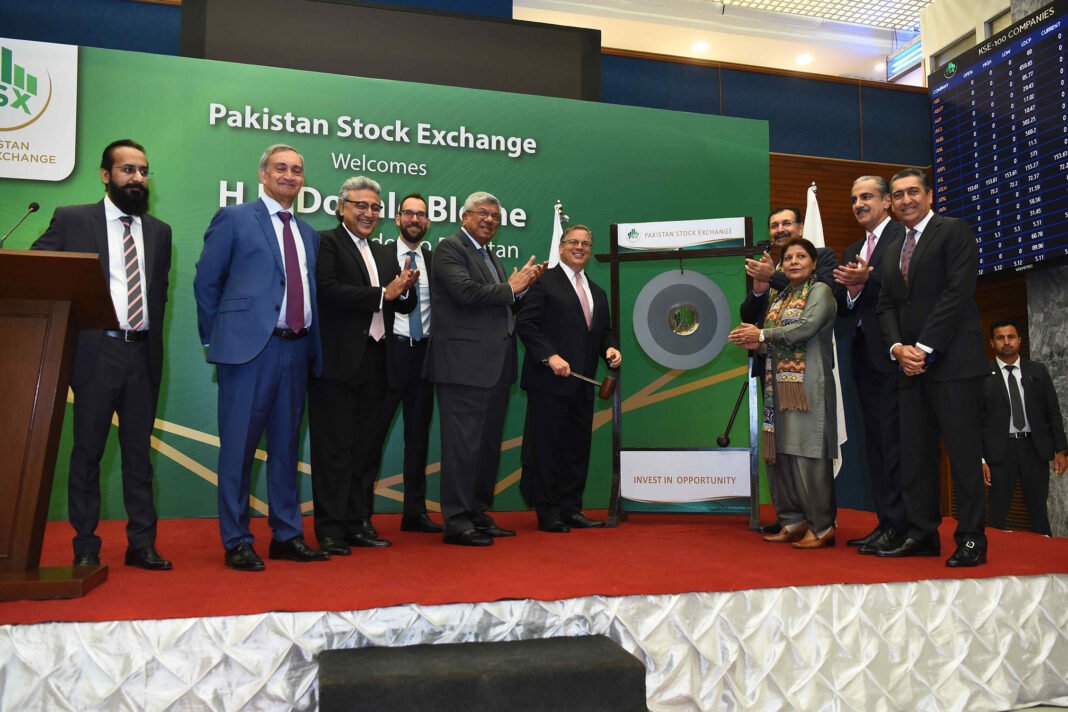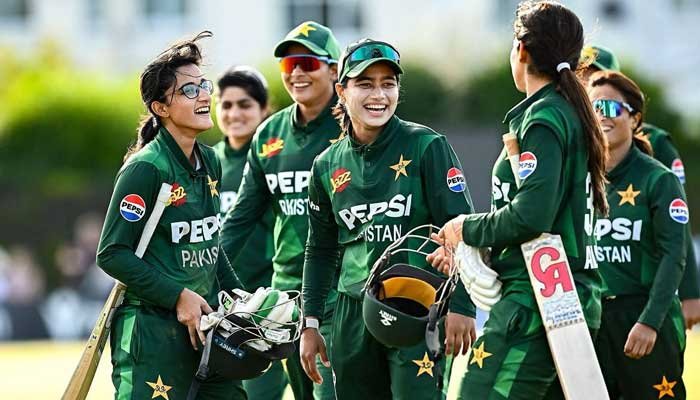Reviving Ties, Realizing Potential: The Promising Future of US–Pakistan Partnership
For decades, the US–Pakistan relationship has swung like a pendulum—marked by moments of strategic intimacy followed by long spells of drift and distrust. But 2025 is shaping up differently. A new wave of diplomacy, trade deals, and people-to-people connections has set the stage for what many observers call a promising new chapter in bilateral ties.
Scott Urbom’s Reflections: Partnership in Action
Scott Urbom, the US Consul General in Karachi, recently shared his perspective on how the partnership has matured during his tenure. From trade expansion to grassroots collaborations, Urbom emphasized that the relationship is being rebuilt not just at the top level, but across industries, communities, and cultural exchanges.
Trade at the Heart of Renewed Relations
The United States remains Pakistan’s largest export market, and recent developments have breathed fresh life into this crucial corridor.
- Textiles, surgical instruments, leather goods, and IT services continue to dominate Pakistan’s export basket to the US.
- The reintroduction of US soybean exports has lowered food costs in Pakistan and stabilized local supply chains.
- American multinationals like Mondelez, Tang, and Colgate are expanding their footprint in Sindh and Balochistan, not only through production facilities but also through investments in CSR projects aimed at youth education and health services.
At a time when Pakistan is eyeing economic revival, these trade flows represent more than business—they are lifelines of stability.
Innovation and Human Capital: The Real Bridge
According to Urbom, what sets this phase of US–Pakistan relations apart is the investment in human potential. The Pakistan–US Alumni Network (PUAN), now over 45,000 strong, has become an intellectual bridge linking Pakistani professionals, entrepreneurs, and innovators with American institutions.
One standout success has been the South Asian Regional Women Innovators Program, where young women in Karachi are developing tech-based solutions in waste management, handicrafts, and community health. These ventures embody the spirit of collaboration—leveraging American exposure to address Pakistani challenges.
Such initiatives highlight that beyond government-to-government relations, it is the people-to-people connections that promise durability.
Sports Diplomacy: Bonds Beyond Politics
Urbom also highlighted the role of sports as a powerful unifier. From cheering at cricket matches in Karachi’s National Stadium, to celebrating Pakistan’s squash heritage with Jahangir Khan, to engaging in softball with students—sports have emerged as a soft but lasting glue in this partnership.
These interactions may not change policy, but they change perceptions—and perceptions drive trust.
The July 2025 Trade and Energy Deal: A Game Changer
Perhaps the most significant breakthrough came in July 2025, when both nations signed a landmark trade and energy agreement.
Key highlights include:
- Tariff cuts on Pakistani exports, giving local industries a sharper competitive edge in the US market.
- Pakistan’s removal of a 5% digital services tax, clearing the way for American tech giants to invest more aggressively in the country.
- Joint exploration of offshore oil reserves in Balochistan and collaboration on critical minerals—a sector where Pakistan holds untapped global potential.
- Provisions for cooperation in digital infrastructure, crypto frameworks, and renewable energy projects.
For Pakistan, this deal is not just about exports—it is about strategic energy independence and entry into global digital ecosystems.
Mining Wealth: Reko Diq and Beyond
Adding to this momentum is the Asian Development Bank’s decision to provide a $410 million package for Pakistan’s Reko Diq copper and gold project, run in partnership with Barrick Gold.
- The project will begin production in 2028, targeting 200,000 tons of copper annually, scaling up to 400,000 tons in the following decade.
- Over a 37-year life span, the project could generate up to $70 billion in free cash flow for Pakistan.
With US and international stakeholders eyeing involvement, Pakistan’s natural resources could finally translate into sustainable economic dividends.
Strategic Diplomacy: Islamabad Back in the Game
Diplomatically, Pakistan has regained Washington’s attention through deft maneuvers:
- Pakistani intelligence cooperation in capturing a key ISIS-K operative earlier this year demonstrated Islamabad’s continued relevance in global counterterrorism.
- The US quietly leaned on Pakistan to help broker a ceasefire during the May 2025 India–Pakistan conflict, reinforcing its role as a stabilizer in South Asia.
- General Asim Munir’s outreach in Washington underscored how the military establishment remains a key architect of bilateral ties.
Regional Complexities and the India Factor
Not everyone is celebrating this thaw. In New Delhi, policymakers view the rapprochement with concern. Indian officials have warned that Washington risks “overlooking history” by rekindling trust with Islamabad.
Meanwhile, Beijing is watching carefully, mindful that Pakistan is a central player in the China–Pakistan Economic Corridor (CPEC). Islamabad now faces the delicate task of balancing its traditional Chinese partnership with new American overtures—a balancing act that will define its foreign policy in the years ahead.
The Road Ahead: Opportunities and Pitfalls
The US–Pakistan relationship today stands at a crossroads:
- Opportunities: expanded exports, energy independence, mining wealth, digital growth, and foreign investments.
- Challenges: transparency in mega-deals, political volatility, India’s pushback, and the risk of falling into purely transactional ties.
For Pakistan, the future lies in institutionalizing this partnership—moving beyond short-term strategic needs to a long-term economic and cultural alliance that benefits ordinary citizens.
Conclusion
The story of US–Pakistan relations is far from new, but what is emerging in 2025 is distinctly different. It is no longer just about aid or counterterrorism—it is about mutual growth, innovation, and strategic confidence. As Scott Urbom noted in Karachi, the potential for partnership is vast—if both nations can sustain the momentum and turn today’s promises into tomorrow’s realities.



